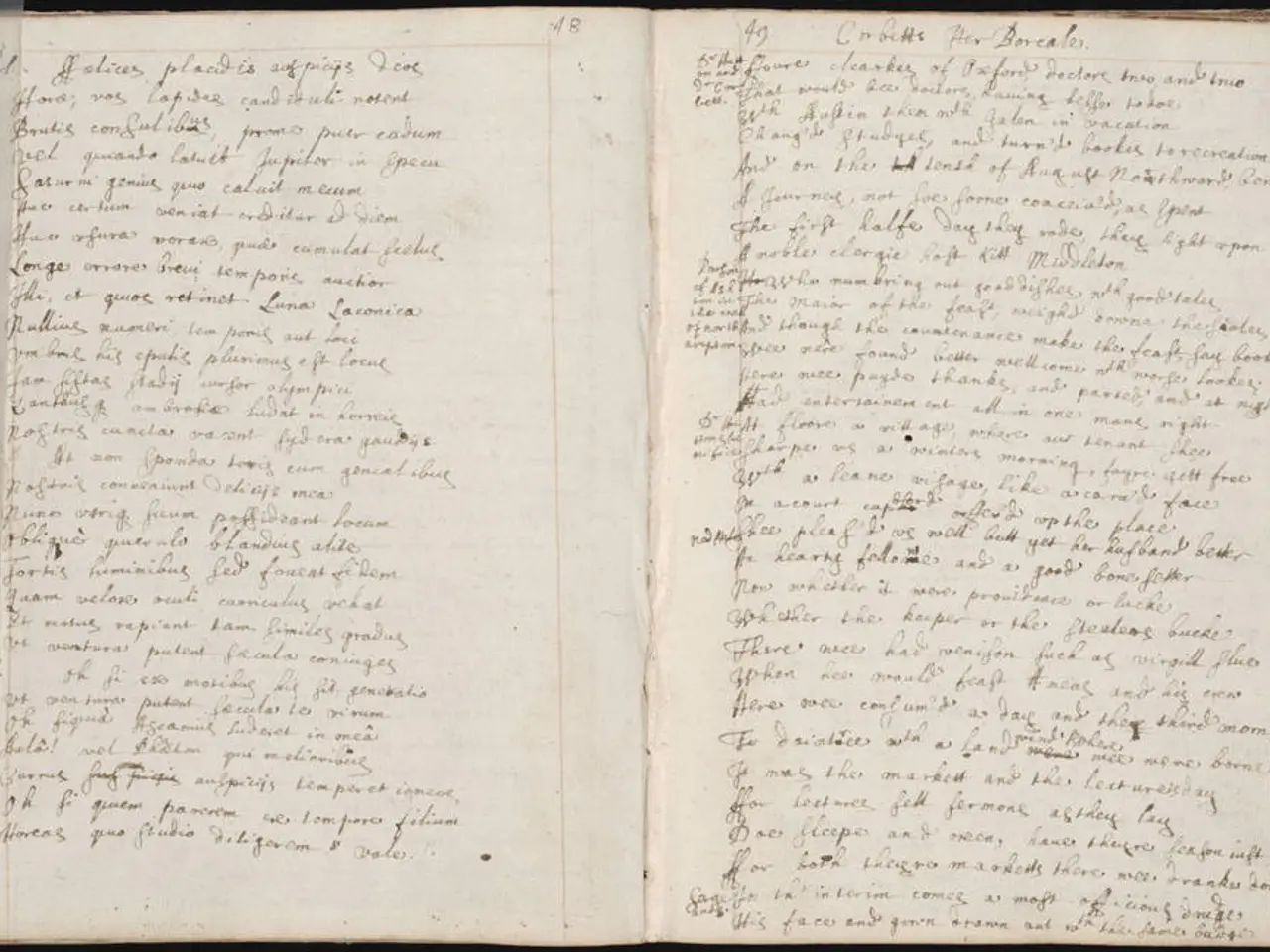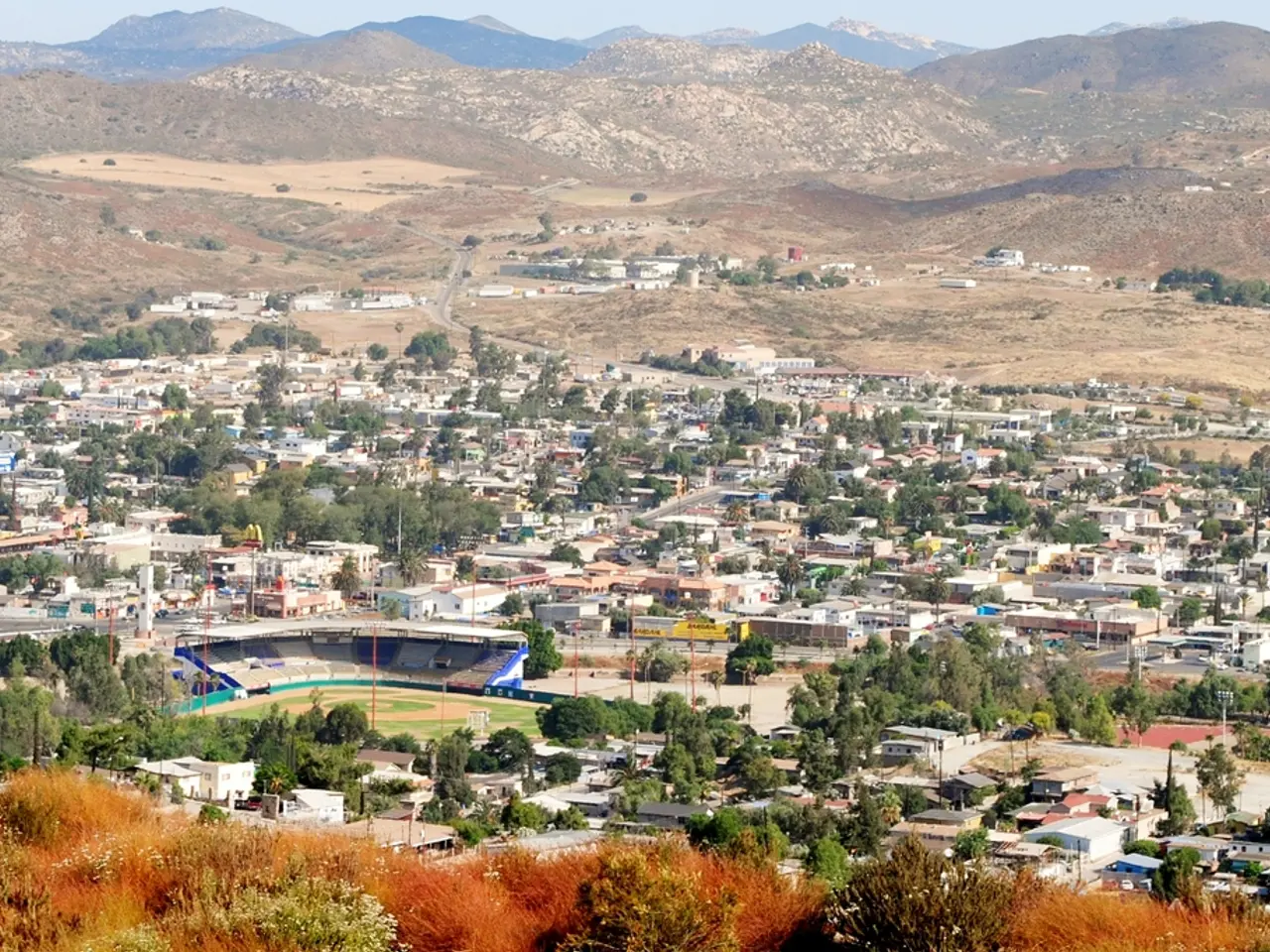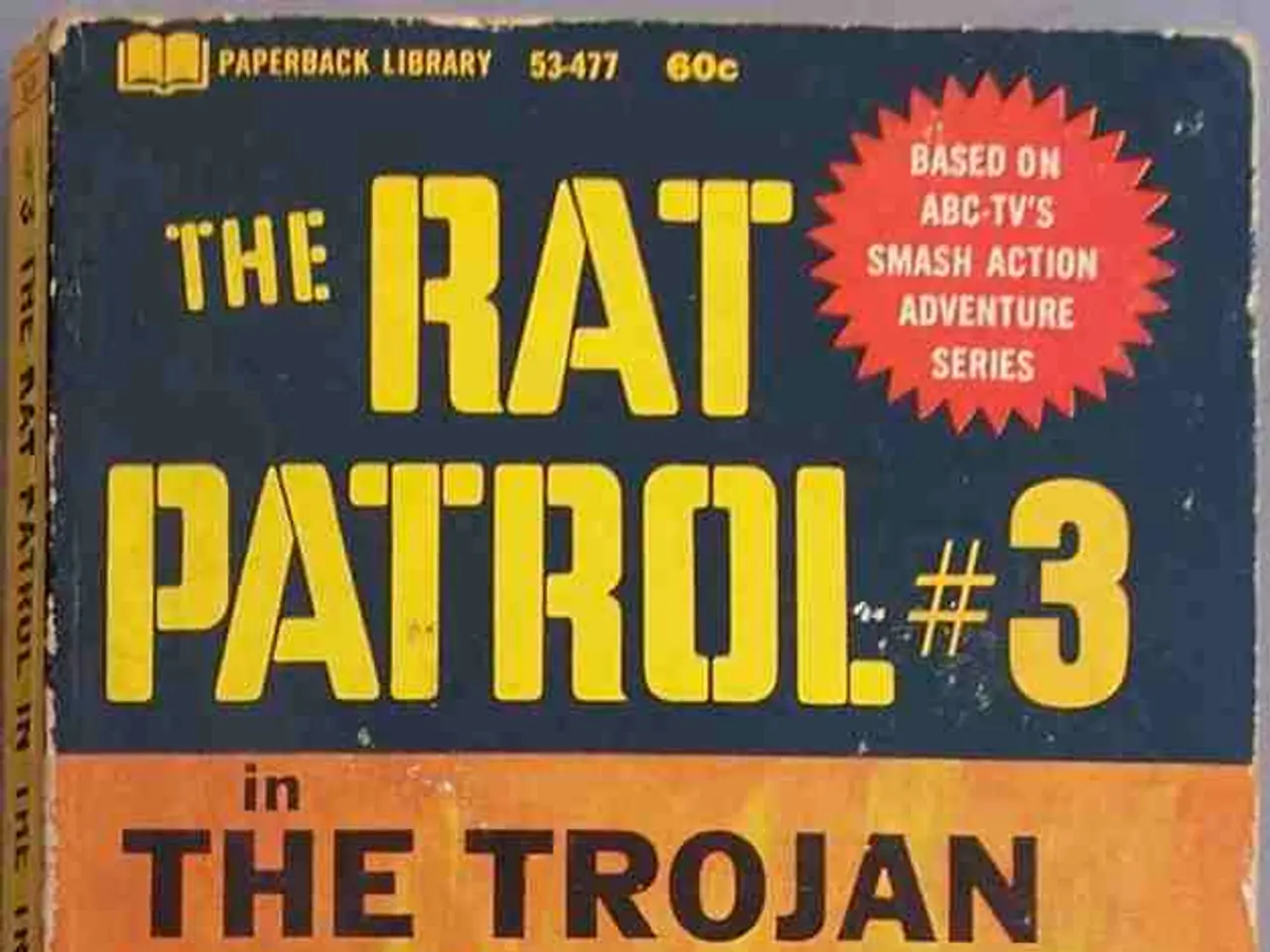Recipes books that blend politics into culinary creations
In the kitchens of the past and present, cookbooks have served not only as culinary guides but also as historical documents, reflecting political causes, cultural shifts, and social justice movements. These texts, often overlooked, have played a significant role in shaping our understanding of various eras.
The 1970s witnessed the emergence of politically minded cookbooks, such as Peace de Resistance by Women Strike for Peace. This practical and tongue-in-cheek publication featured recipes for salads, meatloaf, and brownies, while also advocating for peace and nuclear disarmament. The Women Strike for Peace, founded in the 1960s by Bella Abzug and Dagmar Wilson, was instrumental in organising one of the largest national peace protests in the 20th century, with 50,000 women gathering in 60 cities across the U.S. in 1961.
Similarly, Diet for a Small Planet by Frances Moore, published in the same decade, was one of the first environmental activism books to make a significant impact. Arguing that meat production is harmful to the environment and a drain on resources, the book promoted a vegetarian diet and sold an extraordinary 3 million copies, changing how people thought about the intersection of environmental health, personal health, and public policy.
The late 1800s and early 1900s saw cookbooks written by freed black women, such as What Mrs. Fisher Knows About Old Southern Cooking by Abby Fisher, as money-making endeavours and an attempt to "prove" that black women had valuable knowledge to share. These cookbooks, like A Domestic Cook Book by Melinda Russell (1866), served a larger purpose in documenting the culinary contributions of African-American women during a time of significant social change.
In the realm of gender politics, cookbooks like The Political Palate by the Bloodroot Collective, a lesbian feminist vegetarian cooperative restaurant in Bridgeport, Connecticut, embodied collaboration, thoughtfulness, and justice in their seasonal, culturally diverse recipes. The cookbook reflected the ethos of the Bloodroot Collective, a place where likeminded women could gather and eat and talk.
Cookbooks have also played a role in raising funds for social causes. The Woman Suffrage Cookbook (1886) and The Suffrage Cook Book (1915) were cookbooks that raised money for the suffrage movement and were tools used by women for networking and learning how to sell advertising. These cookbooks, edited by Hattie Burr and L.O. Kleber respectively, also included tips for housekeeping, like how to remove mildew and kill ants.
As we look to the future, cookbooks continue to reflect the cultural causes of their times. For instance, "Cooking to the President’s Taste: Asian Heritage Chefs in White House History" (2025) highlights Asian American chefs in U.S. presidential history, shedding light on Asian-American contributions to American cuisine and politics.
In conclusion, cookbooks and food writings serve as significant historical documents, engaging with political causes including immigration, identity, class, gender, and race, and illuminating the complex ways food intersects with social justice and cultural empowerment.
Cookbooks in the 1970s not only offered recipes but also advocated for political causes, as evident in publications like Peace de Resistance by Women Strike for Peace. Diet for a Small Planet, published around the same time, promoted environmental activism and a shift towards vegetarianism. In the late 1800s and early 1900s, cookbooks written by freed black women, such as What Mrs. Fisher Knows About Old Southern Cooking, served as both money-making endeavours and historical documents, shining a light on the culinary contributions of African-American women during a time of social change.








